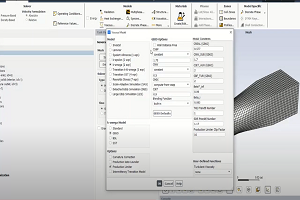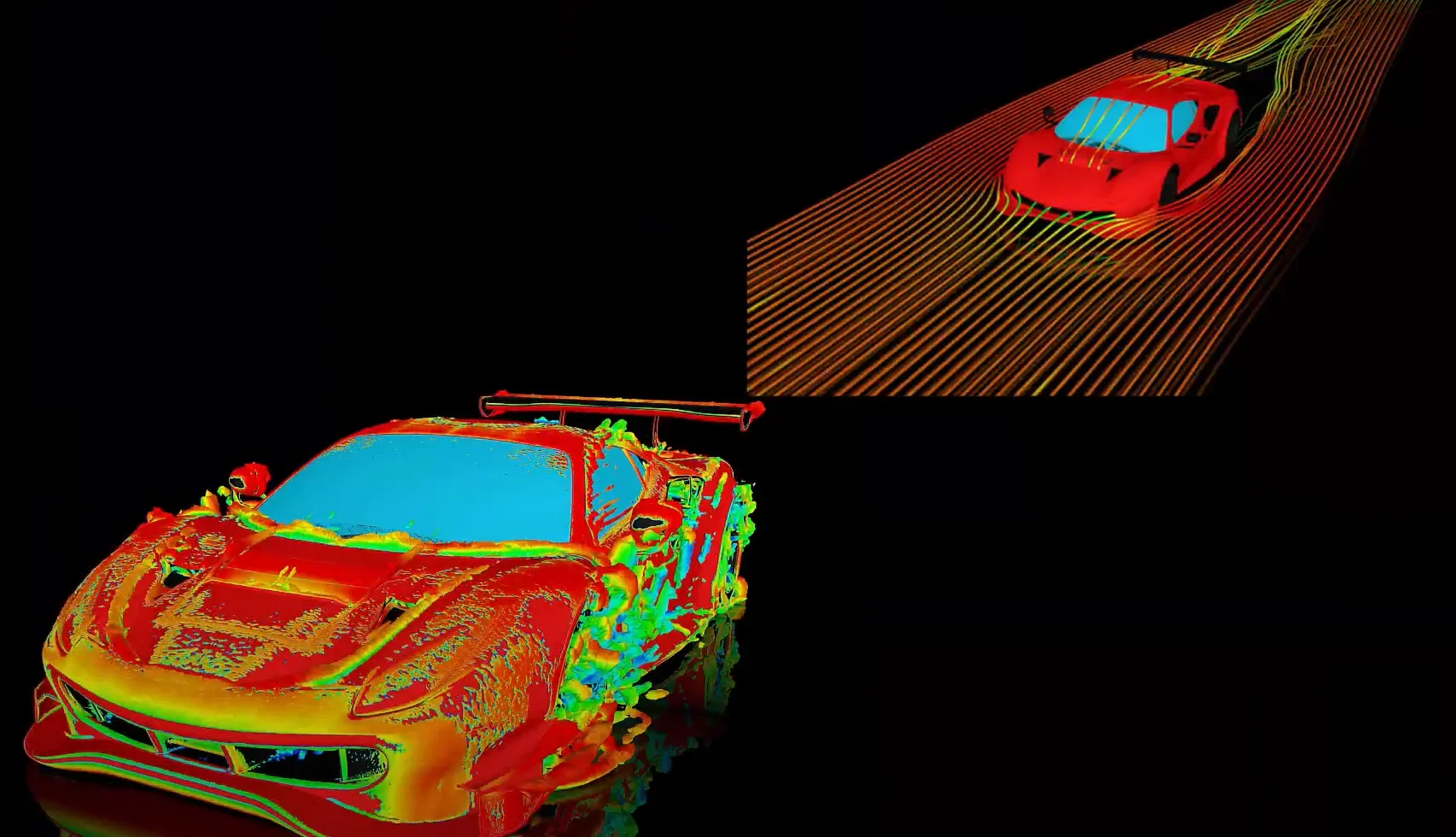-
-
January 25, 2023 at 7:34 am
 FAQParticipant
FAQParticipantHow do I determine the numerical damping (GAMMA) value in Transient Analysis? For transient analyses using the full method, the HHT-alpha algorithm is the recommended algorithm due to its accuracy. Mechanical APDL, by default, uses the Newmark method, but this can be changed with the TRNOPT command. Workbench Mechanical uses the HTT-alpha method. It is worth noting that the default value of gamma (specified in the TINTP command) in Mechanical APDL is 0.005. On the other hand, in Workbench Mechanical, the default value of gamma (specified in the Damping Controls section of the “Analysis Settings” branch) is 0.1. The gamma parameter, also known as the “amplitude decay factor,” provides numerical damping (dissipation) to provide numerical stability to the time integration scheme. It does not represent any physical form of damping or energy dissipation. Because of this, some trial-and-error may be required to determine the optimal value of gamma for a given problem. A value of gamma=0.05 is recommended by the original authors of the HHT-alpha algorithm to remove any spurious participation of higher modes without influencing the lower modes. The default value in Mechanical APDL is a lower numerical damping value while that in Workbench Mechanical is higher. The values of gamma should usually be equal to or greater than 0.005 but not more than 0.33 (setting gamma=0.33 will introduce a large amount of numerical damping and is therefore not recommended in general). It is suggested to use the default values but change gamma only when needed. For example, with the default value in Mechanical APDL, the gamma parameter may be increased if undesirable high frequency response is observed in the output.
-


Introducing Ansys Electronics Desktop on Ansys Cloud
The Watch & Learn video article provides an overview of cloud computing from Electronics Desktop and details the product licenses and subscriptions to ANSYS Cloud Service that are...

How to Create a Reflector for a Center High-Mounted Stop Lamp (CHMSL)
This video article demonstrates how to create a reflector for a center high-mounted stop lamp. Optical Part design in Ansys SPEOS enables the design and validation of multiple...

Introducing the GEKO Turbulence Model in Ansys Fluent
The GEKO (GEneralized K-Omega) turbulence model offers a flexible, robust, general-purpose approach to RANS turbulence modeling. Introducing 2 videos: Part 1 provides background information on the model and a...

Postprocessing on Ansys EnSight
This video demonstrates exporting data from Fluent in EnSight Case Gold format, and it reviews the basic postprocessing capabilities of EnSight.

- How to setup Initial, Minimum and Maximum time step in Transient analysis?
- How to define variable thickness shell elements in ANSYS Mechanical? Is there any verification example of the variable thickness shell modal analysis available?
- In Workbench Mechanical, how can I obtain strain energy output for Modal analysis?
- In a random vibration analysis, what is “GRMS” and how can it be calculated?
- Why is damped frequency is lower than undamped frequency with viscous damping but larger with structural damping?
- How to apply application-based settings to improve the performance and robustness of transient structural analyses?
- How to include effect of bolt pretension in a modal analysis?
- In the results of a modal analysis, how can I define that a frequency is an output parameter ?
- Presentation on shock analysis using response spectrum and transient dynamics
- How can I specify acceleration at a node? Could I use the ‘big mass method’?

© 2025 Copyright ANSYS, Inc. All rights reserved.

